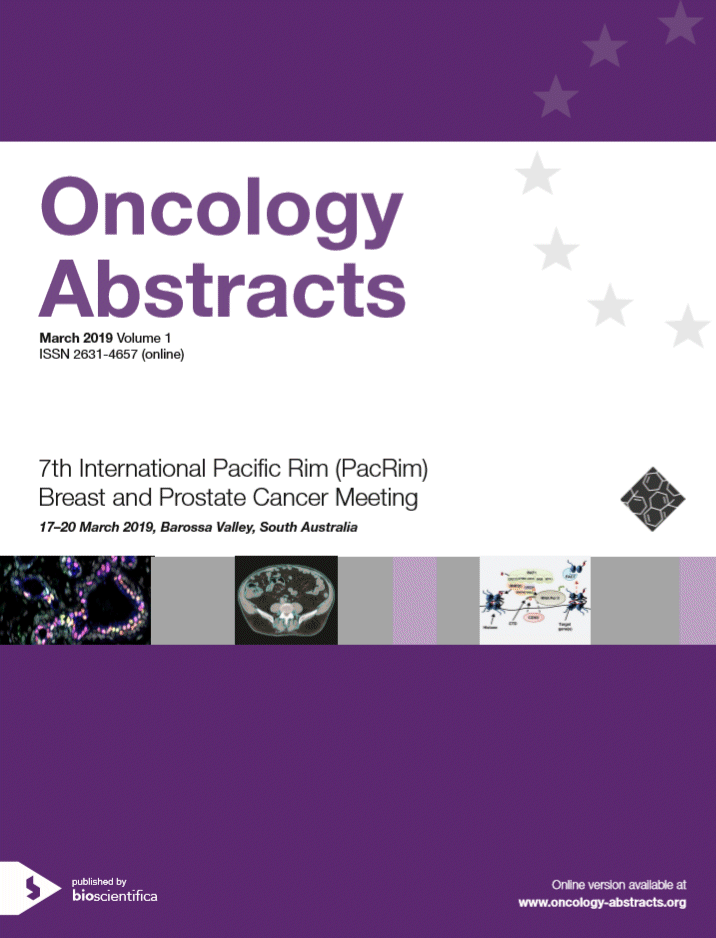Searchable abstracts of presentations at key conferences in oncology

Volume 1 |
PacRim7
7th International Pacific Rim (PacRim) Breast and Prostate Cancer Meeting
17 Mar 2019 - 20 Mar 2019




